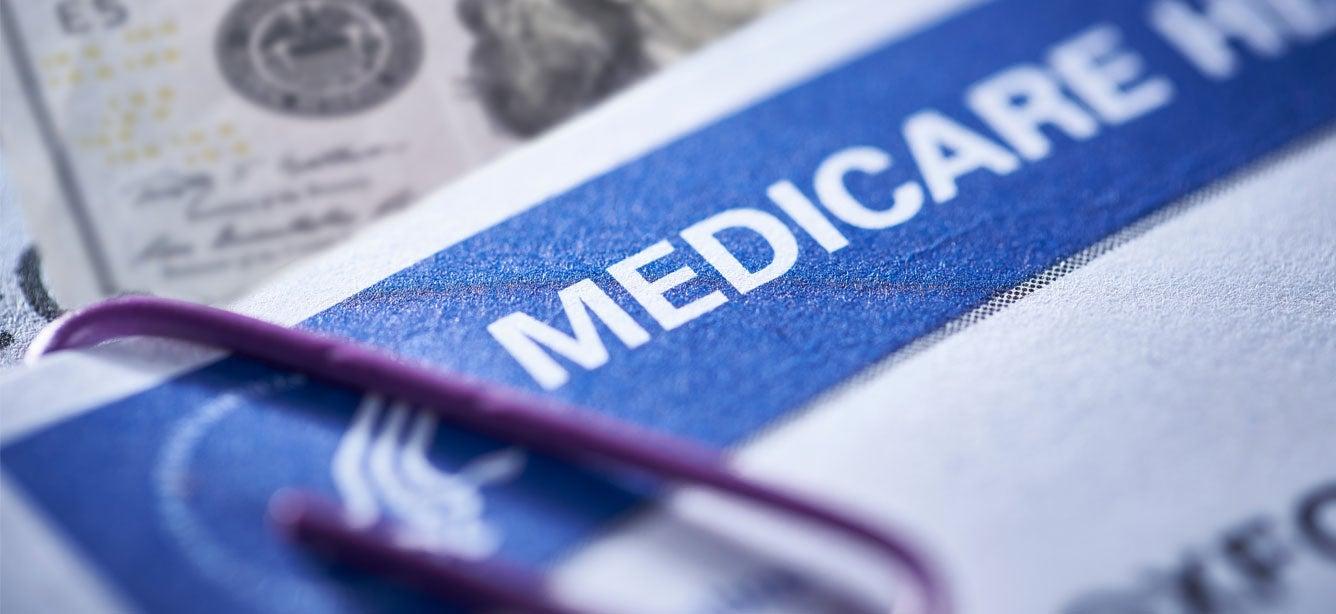
Older adults are more likely to experience social isolation and loneliness due to changes in their physical health and connections as they age. Chronic conditions and the loss of vision, hearing, memory, and mobility make it difficult for many older adults to participate in activities. That's why access to benefits programs, like Medicare Savings Programs (MSPs), are so important.
Medicare Savings Programs are special benefit programs sponsored by state Medicaid agencies. Also referred to as Medicare Buy-In Programs or Medicare Premium Payment Programs, they are designed to relieve some (or all) out-of-pocket Medicare expenses for people with limited means.
Medicare Savings Programs (MSPs) are divided into several programs:
- The Qualified Medicare Beneficiary (QMB)
- Specified Low-Income Medicare Beneficiary (SLMB)
- Qualifying Individual (QI)
- Qualified Disabled Working Individual (QDWI)
These may go by slightly different names in different states.
QMB, SLMB, and QI pay for a person's Medicare Part B premium. (QMB also covers additional cost-sharing in Parts A and B.) QDWI helps pay for a person's Part A premium.
Using the federal poverty level (FPL) guidelines released each January, we maintain this updated eligibility chart with state-specific information about the income and resource thresholds for the four Medicare Savings Programs that can help low-income Medicare beneficiaries pay their healthcare costs. Note that your state Medicaid agency may not implement the current year's guidelines until March/April, following formal publication by the Centers for Medicare & Medicaid Services.
This chart is updated annually or as we receive news about states changing their MSP guidelines.




